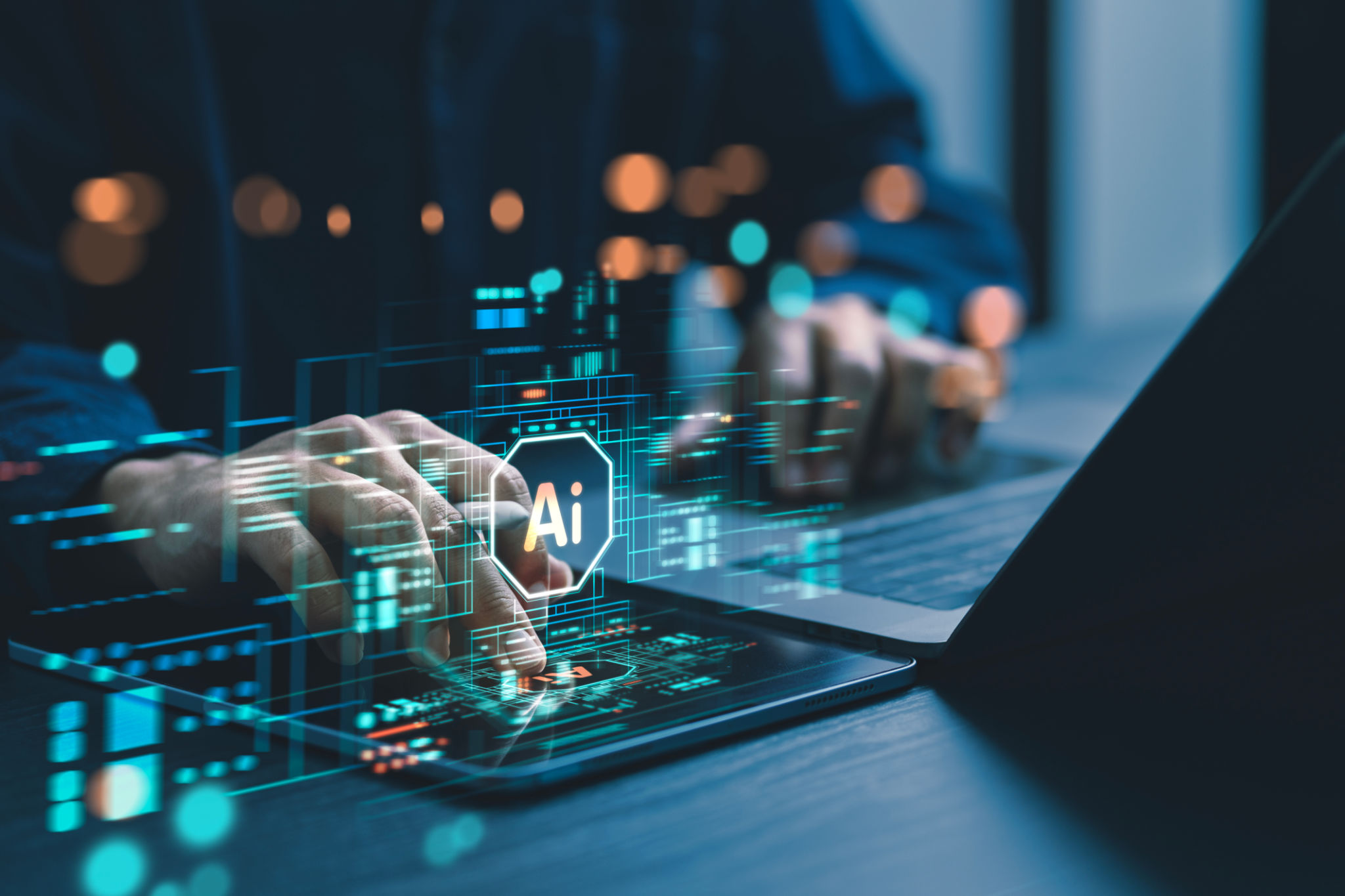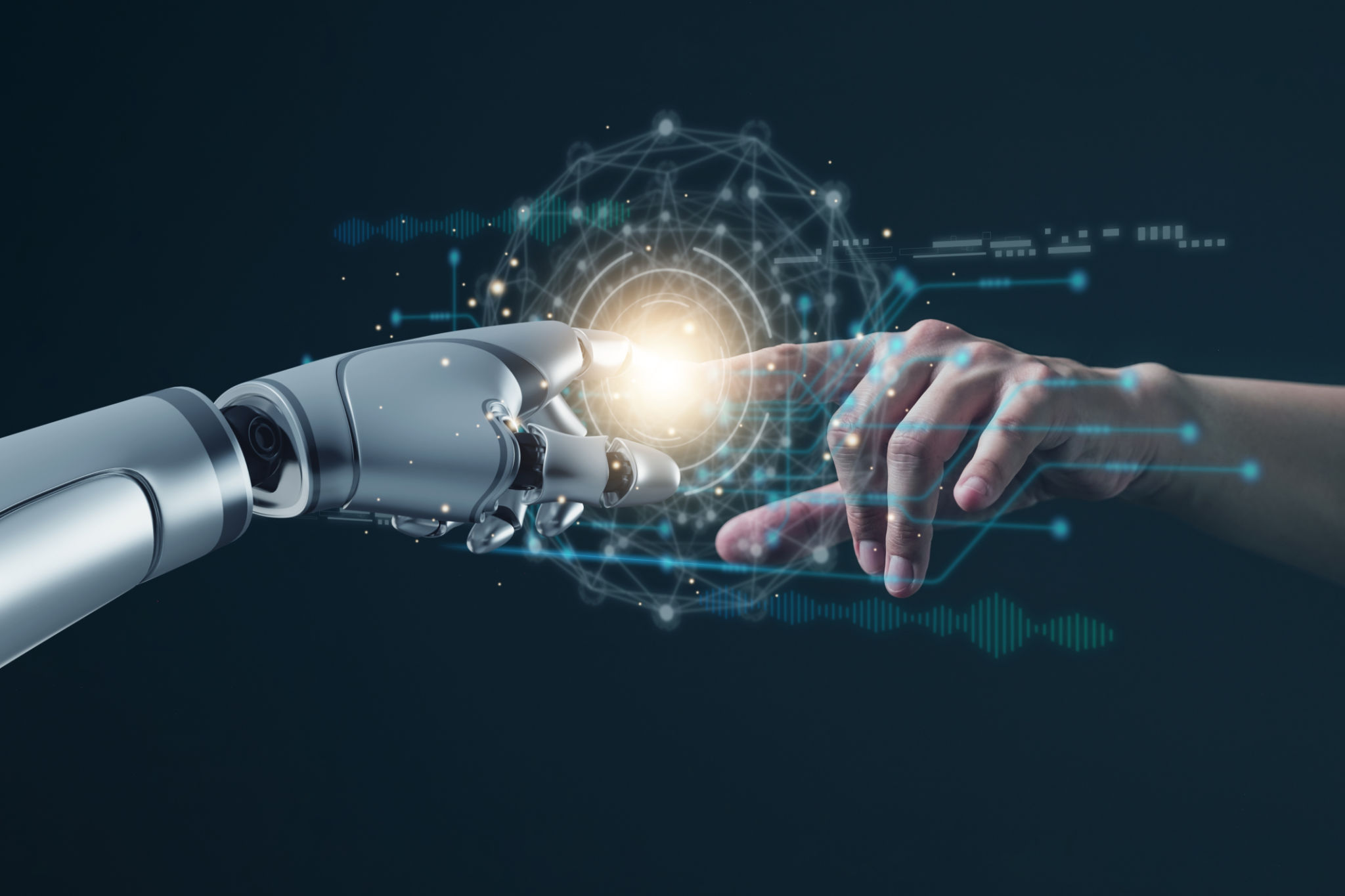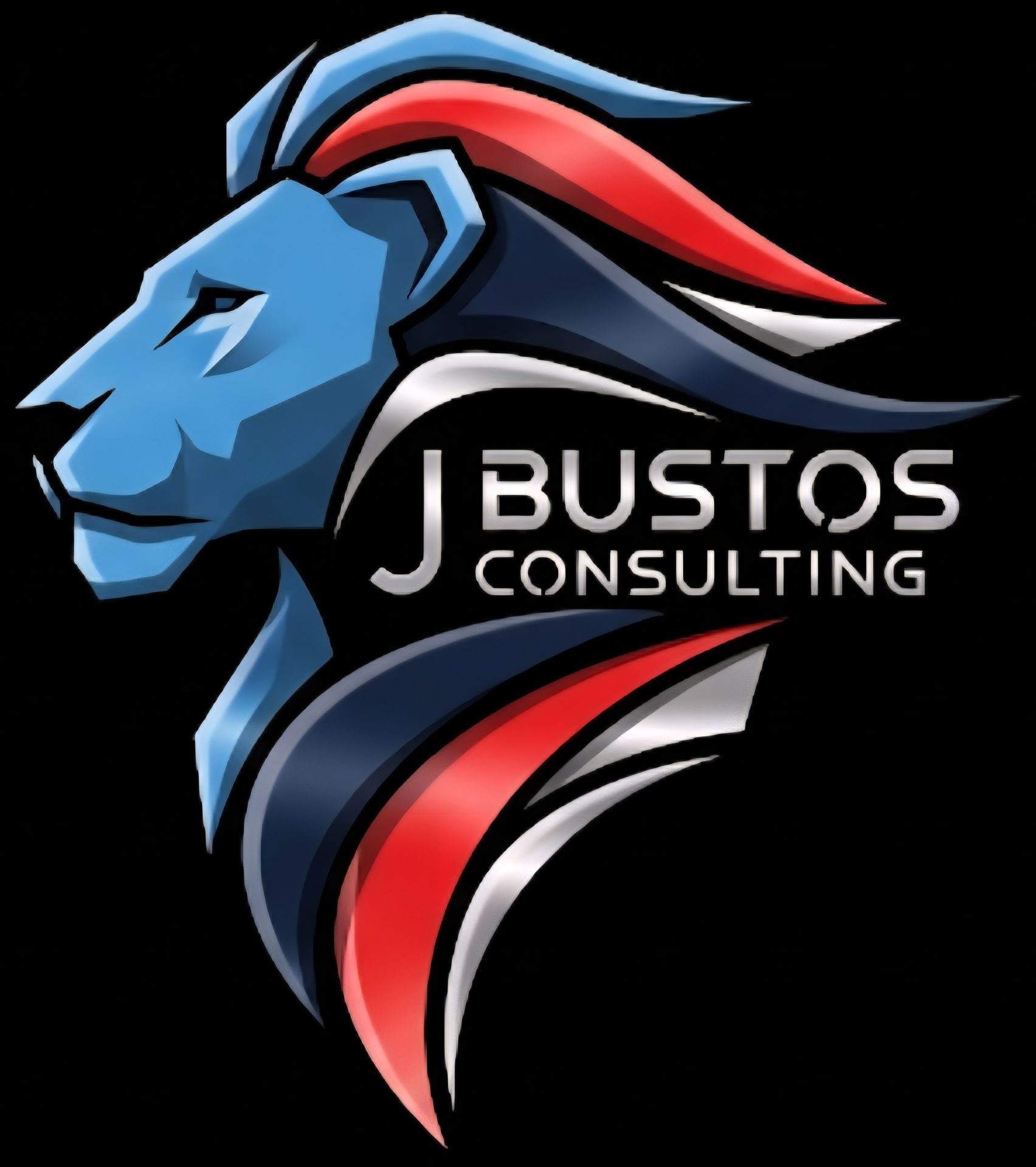AI-Powered Business Solutions vs. Traditional Methods: A Comparison
Introduction to AI-Powered Business Solutions
In today's rapidly evolving technological landscape, businesses are increasingly turning to AI-powered solutions to optimize their operations. From automating mundane tasks to providing deep insights through data analysis, AI has revolutionized the way companies operate. Meanwhile, many organizations still rely on traditional methods that have stood the test of time. Understanding the differences between these approaches is crucial for businesses aiming to stay competitive.

The Efficiency of AI Solutions
One of the most significant advantages of AI-powered solutions is their ability to enhance efficiency. AI can process vast amounts of data much faster than a human ever could, allowing businesses to make quick, informed decisions. For instance, AI algorithms can analyze customer data to predict buying patterns, enabling companies to tailor their marketing strategies effectively. This level of efficiency is something traditional methods often struggle to match.
Moreover, AI solutions are not prone to fatigue or errors caused by repetitive tasks. They can work around the clock without breaks, ensuring that operations continue smoothly even outside of standard business hours. This continuous operation can lead to significant cost savings and increased productivity.
Cost Implications and ROI
While the initial investment in AI technology can be substantial, the long-term return on investment (ROI) often justifies the expense. Businesses can save money on labor costs by automating tasks that would otherwise require human intervention. Additionally, AI's ability to optimize resource allocation can lead to reduced waste and lower operational costs.

In contrast, traditional methods may have lower upfront costs but could incur higher long-term expenses due to inefficiencies and human error. However, it's essential to consider that not all businesses will see an immediate ROI with AI; the benefits often depend on how well the AI system is integrated into existing processes.
Data-Driven Insights vs. Human Intuition
AI-powered solutions excel at providing data-driven insights that can uncover trends and patterns invisible to the human eye. By leveraging machine learning algorithms, businesses can gain a deeper understanding of market dynamics and customer preferences. This information is invaluable for creating targeted marketing campaigns and improving product offerings.
However, traditional methods rely heavily on human intuition and experience, which can sometimes offer a unique perspective that AI cannot replicate. Human creativity and emotional intelligence play crucial roles in areas such as branding and customer service, where personal touch is vital.

Challenges of Implementing AI Solutions
Despite their benefits, implementing AI-powered solutions comes with its own set of challenges. One significant hurdle is ensuring data privacy and security, as AI systems often require access to sensitive information. Additionally, businesses must invest in training employees to work alongside AI systems effectively.
Traditional methods, while generally less complex to implement, may not offer the same level of scalability or adaptability as AI solutions. As a result, businesses that rely solely on traditional methods may find it challenging to keep up with competitors who leverage AI technology.
Conclusion
In conclusion, both AI-powered business solutions and traditional methods have their unique strengths and weaknesses. The choice between them depends largely on a company's specific needs and goals. While AI offers remarkable efficiency and data-driven insights, traditional methods provide the human touch that is sometimes necessary for success. Ultimately, the most successful businesses will likely be those that find a way to integrate both approaches effectively.
